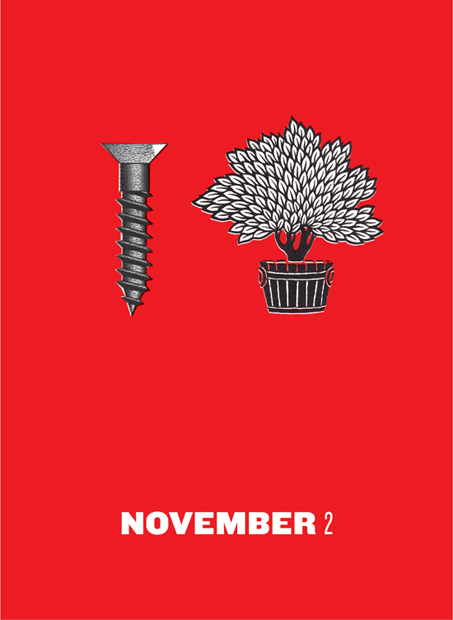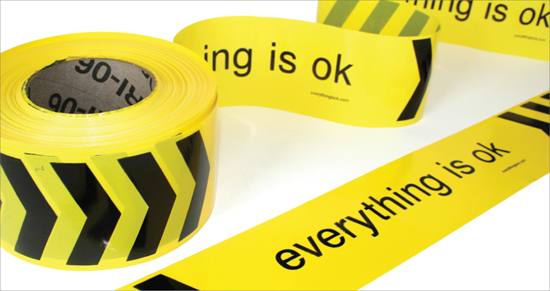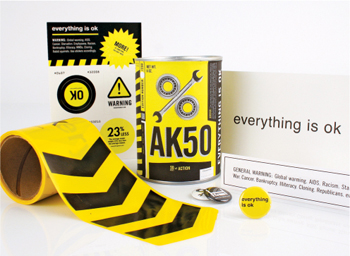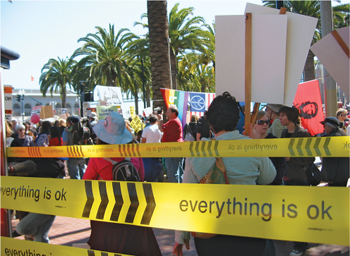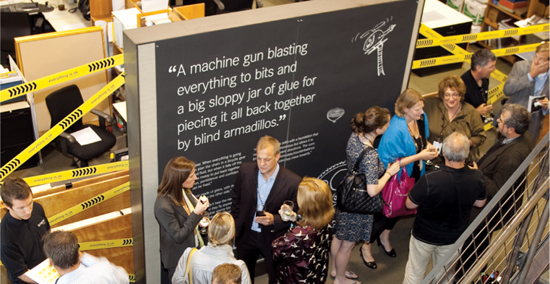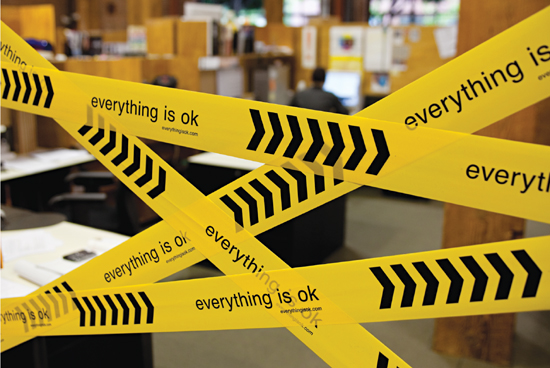THE QUESTION I’M USUALLY TRYING TO ANSWER HAS BEEN ANSWERED COUNTLESS TIMES BY OTHER PEOPLE IN DIFFERENT WAYS.
Someone famously observed that no matter what pathway you make in a park, people will inevitably cut their own paths. So, the way to design a park is to make one pathway and then go back later and look where the grass has been trodden down and cut new paths accordingly.
It’s easy to understand this as inspiration or as a metaphor for user interaction on a website or a mobile device, but for me, it’s a kind of abstract observation that can really illuminate and locate the notion of a “pure idea.” It’s a very different experience than approaching problems the way most of us were trained. It’s not a formal engagement; it’s a conceptual engagement. I carry two Moleskines with me most of the time, but I don’t refer to them a lot, because the process of recording something is what lodges it in my brain. It all depends on the time frame—sometimes, I have to draw on my bank of inspiration.
I always start a project by trying to understand the context and scope, and then I try to articulate it back to the client. Sometimes, I get it wrong—which is half of the point; then we can have a dialogue about the nuances so that I can more fully understand the problem we’re trying to crack. You could think of that conversation as a kind of path-building exercise. After that, I try not to think about the project for a week (if I have that luxury). The benefit there is that as I walk around and talk or watch a movie or interact with my environment, I start seeing that the question I’m trying to answer has been answered countless times by countless other people in countless different ways. Understanding how those answers respond to the specifics of different situations—how they differ and how they’re the same—is often what helps the pure idea present itself. Sometimes, though, that idea isn’t revealed until after the damn thing is designed.
In 2004, we wanted to do a self-promotion for the studio. It was around the time of Bush’s reelection, and we wanted to make a political statement against that outcome. At first, we thought it would be funny to do a poster with a big screw and a big bush.
This was our attempt at making a political statement in a self-promotion, but we thought better of it and didn’t end up doing it.
As we were thinking about doing the “Screw Bush” poster, one of the people in our studio was diagnosed with cancer, and we had bigger issues to think about. It shifted our perspective. That’s when we started looking at a concept that dealt with providing resources to people, rather than just complaining about stuff. We flipped from reacting with a negative political message to generating something much more positive. As we were following this concept, we kept being reminded that there is so much other stuff that isn’t right in the world, and we started feeling kind of hopeless. It was then that we came up with the phrase, “Everything is okay.” It’s a reassuring phrase in one way, but when you scratch a little deeper, you realize that really nothing is okay, and somehow we’ve all become okay with that. It has a kind of built-in, cyclical cynicism to it that intrigued me.
Of course, like a lot of self-generated projects, it didn’t really go anywhere. We sat on the idea for about a year without doing anything, before finally deciding to pull the trigger and build the “Everything is OK” website. It was a meandering process where life events and things that matter to us shaped the direction of the statement we wanted to make. From concept to completion, the whole thing was about an eighteen-month process, but once we solidified the idea, the execution came very rapidly.
Our next task was to promote the site. Naturally, we started thinking about a promotional poster because, after all, designers love making posters. Then something interesting happened. You’ve heard the joke: How many designers does it take to change a lightbulb? (Answer: Does it have to be a lightbulb?) We finally asked ourselves, “Does it have to be a poster?” and that’s when we came up with the idea of placing the statement “Everything is OK” on caution tape.
The point of the caution tape was to drive people to the website—kind of like a guerilla marketing campaign. It was really just intended as an artifact connected to a bigger idea. We found that people were much more interested in the expression and the artifact than in engaging with these monumental causes. In other words, people didn’t care about the site, but were emailing, asking for “that cool tape.” We were resistant at first, since it felt like selling out or cheapening the idea. But people want what they want. You can’t force them to walk down a path if it’s not taking them where they want to go. So now, that’s what the project has become. Much of the success of “Everything is OK” depends on its neutrality. Although we have our own political, social, cultural, and ethical opinions, we want to make sure we’re giving people tools to express their views, not just ours.
So, what was initially a medium to promote a message has become the message. It’s really become its own idea. We thought we started out with a good idea, but it clearly had imperfections, and we didn’t recognize the heart of it. Once we put it into action, the actions of other people revealed the pure idea. You could say it was a form of prototyping, even though that wasn’t the plan.
This self-generated project has brought us some attention, but more interesting than that is all the interesting people it has brought us into contact with. I got an email from someone in New York City who saw it on the street. He tracked us down on the Web and said, “I saw this tape on the street and would like that kind of thinking applied to a project I’m working on.” It turns out that he’s the head of a major international policy think tank in Beijing. Now he wants MINE to work on a project with him. If it wasn’t for the authenticity of the project, if it wasn’t for the purity of the idea, we would never have connected. In a way, this project has been about the meandering paths that connect us—through ideas—to interesting people with their own interesting problems.
That takes us back to those paths in the park—we learn not through planning and thinking, but by doing, observing, and adapting.

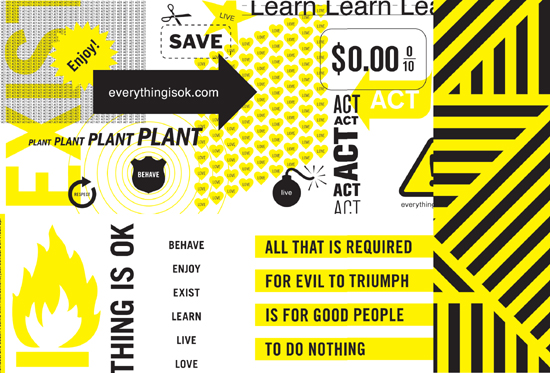
 MINE
MINE